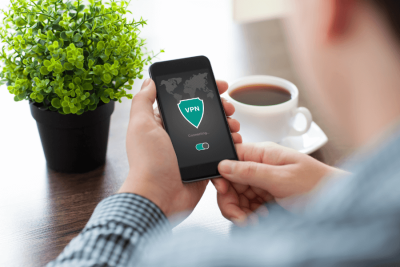How to design and develop secure apps?

App security really matters. Consumers are increasingly sophisticated, and knowledge of digital security is ever increasing. That means that building a secure app doesn’t just protect your existing customers – it persuades new users to download and install your app, too. Security isn’t a “nice to have” – it’s essential.
So how should developers design and build secure applications? The good news is that there are a set of clear steps that can achieve the best app security practice, and give our customers and users total confidence in using your app. From making payments to sharing data, it’s possible to ensure your app is water-tight – and that’s how it should be.
- Know Your Vulnerabilities.
The first step might be the most technical. There is a range of common app vulnerabilities, and businesses need to ensure that their developers have all those bases covered: from receiving data (injection) to sending it to servers (XML External Entities) there are key points of weakness that any app needs to shore up in order to remain secure. The OWASP top ten is the best place to start to understand these – do the legwork to ensure you understand every single one so that your app doesn’t fall victim to common failings.
- Get Audited.
Once you’ve addressed the common vulnerabilities of any app, and your developers have designed and built secure solutions, it’s time to get a third pair of eyes. Just like proofreading a document, someone fresh to the project is always going to see things that those who have been deep into it might not. Even better, choose a security professional. The key is to check that all the solutions you think you’ve built actually patch the potential holes in your app’s security. Audits are like getting your homework marked; aim for an A+.
- Use Encryption as Standard.
Once your app has a secure environment, with no leaks and no unprotected entrances, you can think about how it handles the data. Our advice? Encrypt everything; don’t trust your secure environment alone; wear belts and braces. This isn’t just about data in transit – it’s about data in storage, too. Whatever information your app stores, handles, sends or receives should be encrypted, and well – don’t trust the basics like HTTPS alone. Think of it this way: if your security fence fails, encryption is your guard dog: the hackers will still have their work cut out.
- Log Everything, Always.
Good record-keeping is your friend in most walks of business life, and app security is no different. Whatever work you do to ensure security, there will always be a bug or a problem to work out at some point. In order to find that bug quickly and fix it fast, logging will help: logs tell you the whos, whats, wheres and whens of your app. That means that, when something fails, you have the information you need to track it. That’s why you should ensure your logging is real-time, too: you want to hear about problems as and when they happen so that any security breach affects as few users as possible. Old-style firewalls can actually help here: alone they’re not enough and are no replacement for truly secure environments, but their real-time logging capabilities are often useful as a “first line” of defence and notification.
- Stay Updated.
Keeping your servers and software updated enables all of the above to happen not just now, but on an ongoing basis. New security weaknesses are always appearing, and providers are always patching them up. This means that every third-party element on which your app relies must be running its latest version at all times – only in this way can you ensure full security. That will mean you’re always ensuring your app is compatible with the latest updates, of course – but the alternative is to fall behind the capacity of hackers, and, despite all your hard work, to become vulnerable simply for want of clicking ‘update’. Stay ahead, by staying up-to-date.
Beneath these five key steps, of course, is a lot of work – it will take time to tick each one off on your security process. But what this brief overview of achieving app security best practice offers is a road map towards security: if you do the work necessary at each stage, you’ll ensure that your users are safe each time they log in – and that their data is, too. Users will penalise apps that fail them on the privacy front. So, in order to keep sales and user levels healthy, developers should always design and build secure applications.
Contact ImagePlus for App Development
We provide mobile app design and development for all types of business sectors, with UX design at the core of our projects. If your business is in need of app development, then please contact us to book a consultation.

